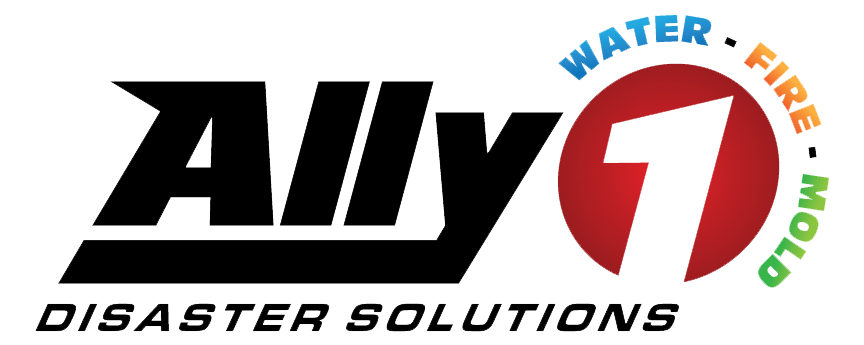 This summer in St. George has been a hot one, like really hot. This has made it difficult for many homeowners to keep their lawns alive and looking green. Most of the time when we are watering our lawn we are not worrying about water damage, but without the proper precautions around the exterior of our homes we can greatly increase the risk of water damage. From our water damage cleanup company experts, here are some things you need to be aware of in your yard and around your home that could help reduce the risk of water damage from occurring.
This summer in St. George has been a hot one, like really hot. This has made it difficult for many homeowners to keep their lawns alive and looking green. Most of the time when we are watering our lawn we are not worrying about water damage, but without the proper precautions around the exterior of our homes we can greatly increase the risk of water damage. From our water damage cleanup company experts, here are some things you need to be aware of in your yard and around your home that could help reduce the risk of water damage from occurring.
Water Damage Cleanup Company In St. George
1. Check your landscaping and lawn grade
If your yard slopes toward your home, instead of away from it, your basement is going to flood. Water will always travel the path of least resistance, and when it rains all of that water needs a place to go. When sloped toward your home, water will run right towards your foundation, and that is where it will pool up. Any leaks or cracks in your foundation will allow water to seep into your home. When the ground around the foundation becomes too saturated, the water will be pushed into your basement. If you notice that your lawn grade is toward your home, consider changing your landscaping and have it slope away from your foundation.
2. Keep your rain gutters clean and clear of any blockages
Sticks, leaves, dirt, and all other sorts of debris tend to find their way into rain gutters. If not regularly cleaned out, this can cause blockages. Blockages will cause water to overflow, run down your home, pool at the foundation, and potentially flood into the basement. When not able to drain correctly, gutters are not able to direct water away from your home. In order to prevent any clogs or blockages in your gutters, you should clean them out in the spring and then again in the fall.
3. Make sure your downspouts are leading water away from your home
A lot of downspouts are connected directly to the footer, or end right above the ground around your foundation. If this is the case for you, then add some length to your downspouts so that the water is directed further away from the perimeter of your home (at least 3 feet, but more if possible). You should direct water toward lawn areas that are graded away from your home so that water does not flow back towards your foundation.
4. Install a sump pump and backup system
If your basement doesn’t already have a sump pump, get one. By installing a sump pump in your basement, you can prevent water from rainfall from filling up into your basement. Sump pumps act like a floor drain by removing any water out of your basement, and the surrounding foundation, and redirecting it away from your home. It is also a good idea to have a backup sump pump that is either battery operated or on a generator so that it can kick on if the first one goes out.
If your basement is getting just as much moisture as your lawn does when watering it, Ally1 Disaster Solutions is here to help. We are a water damage cleanup company offering services in St. George and surrounding areas. Whether your water damage is coming from watering your lawn, a flooding appliance, or any other source, we will be there to get it cleaned up.







